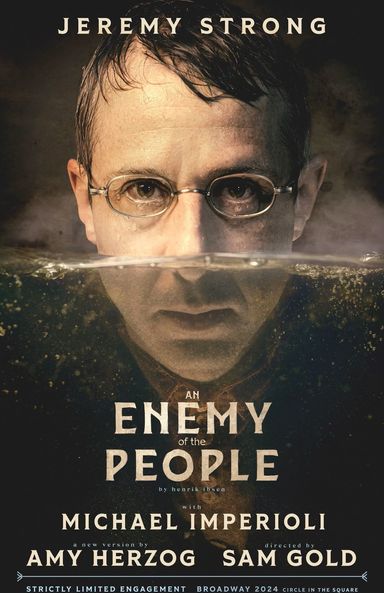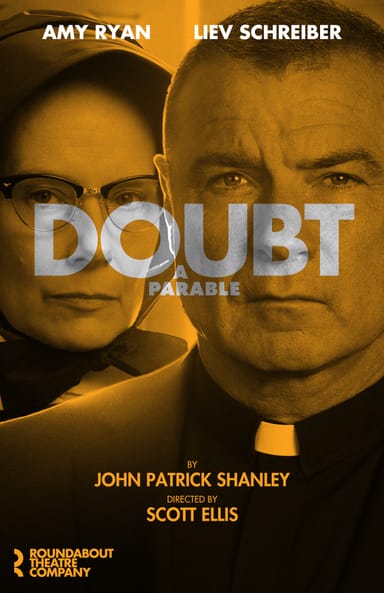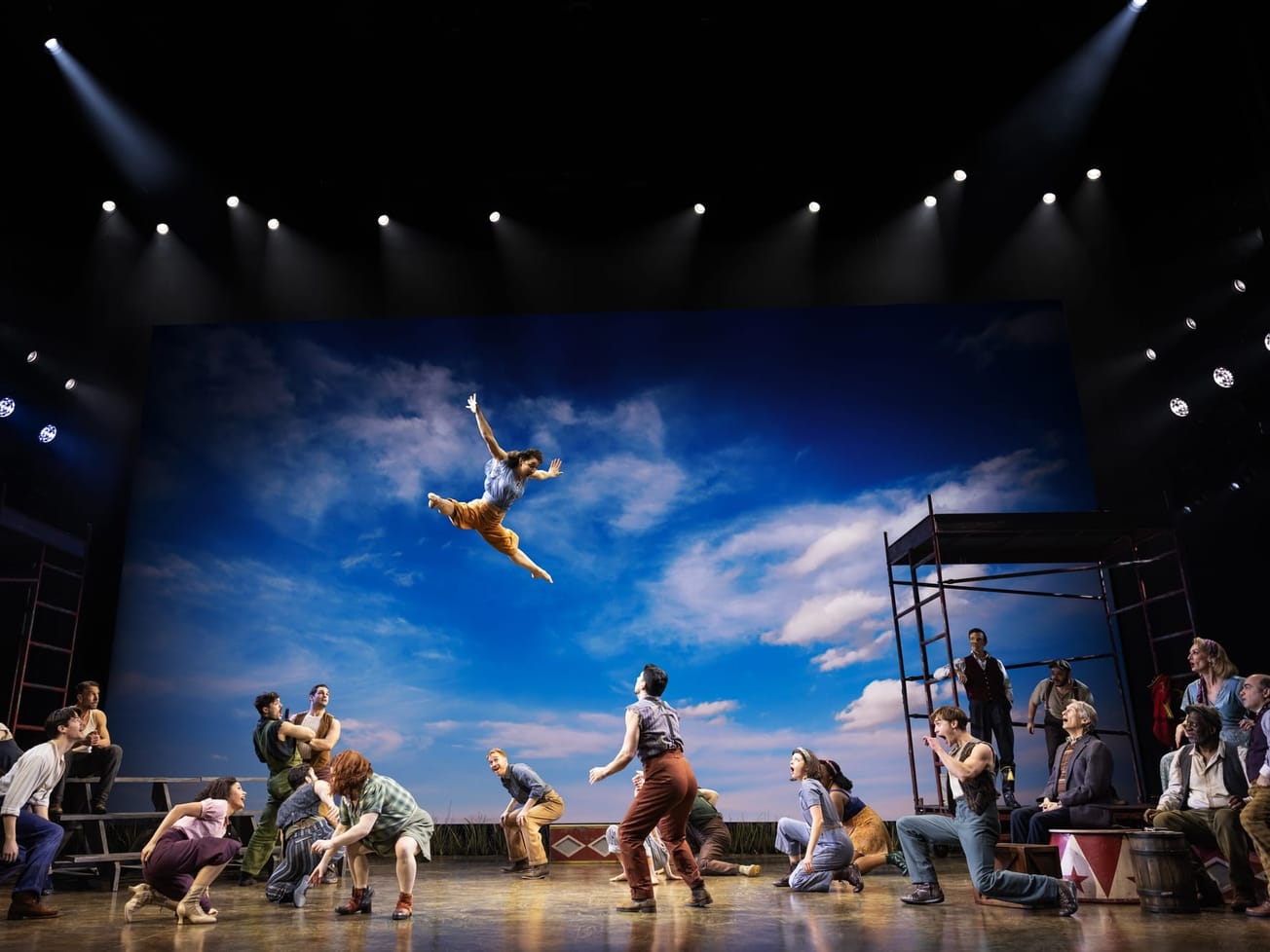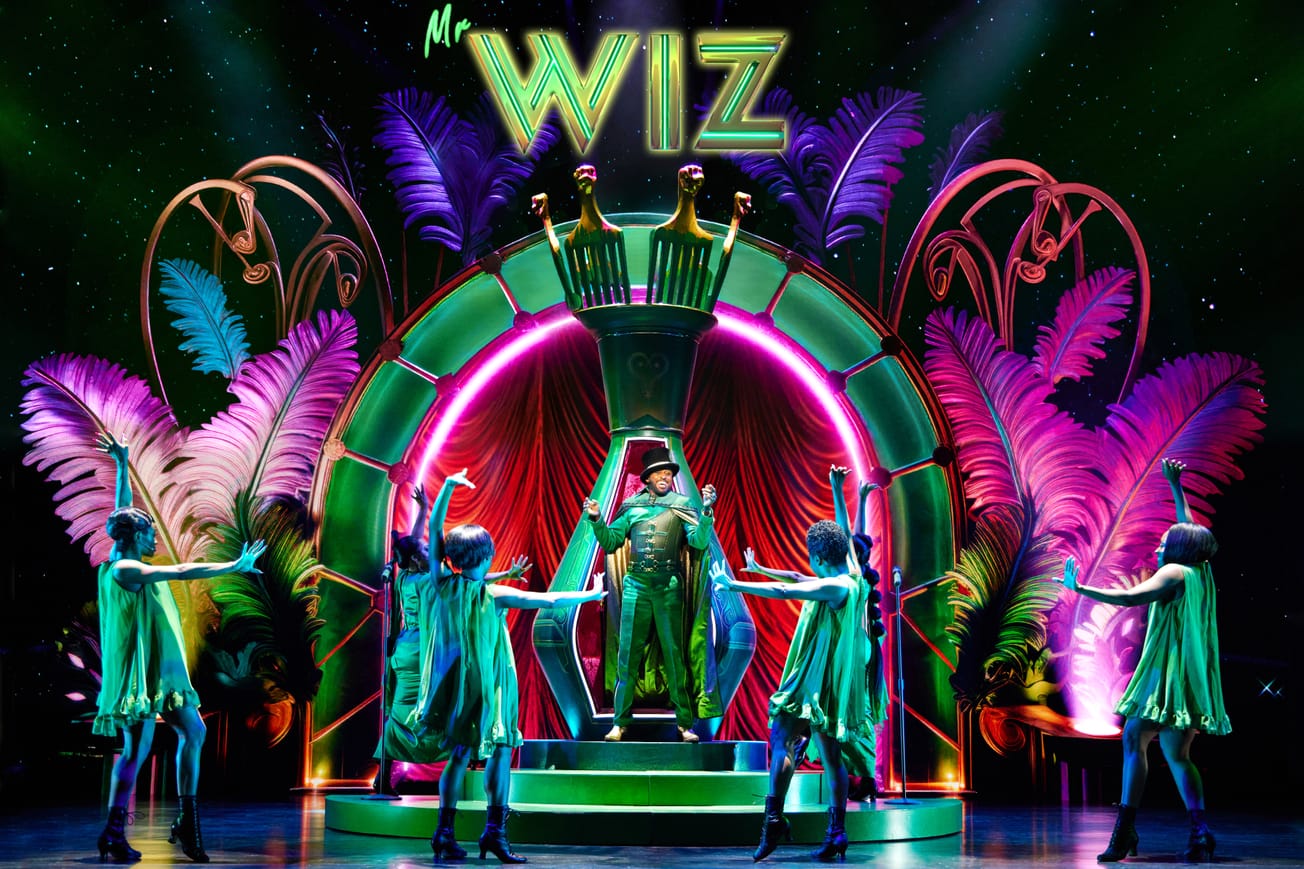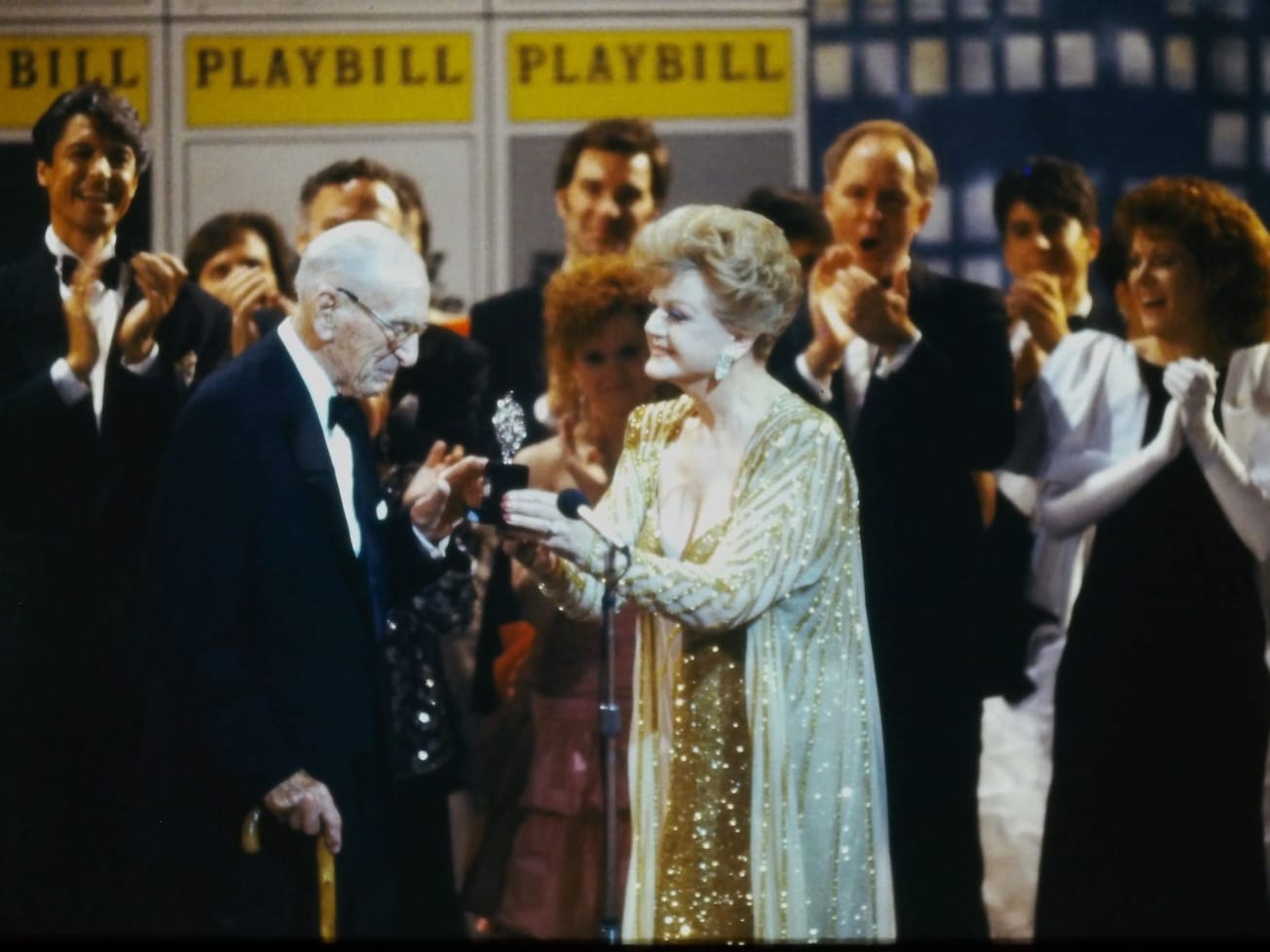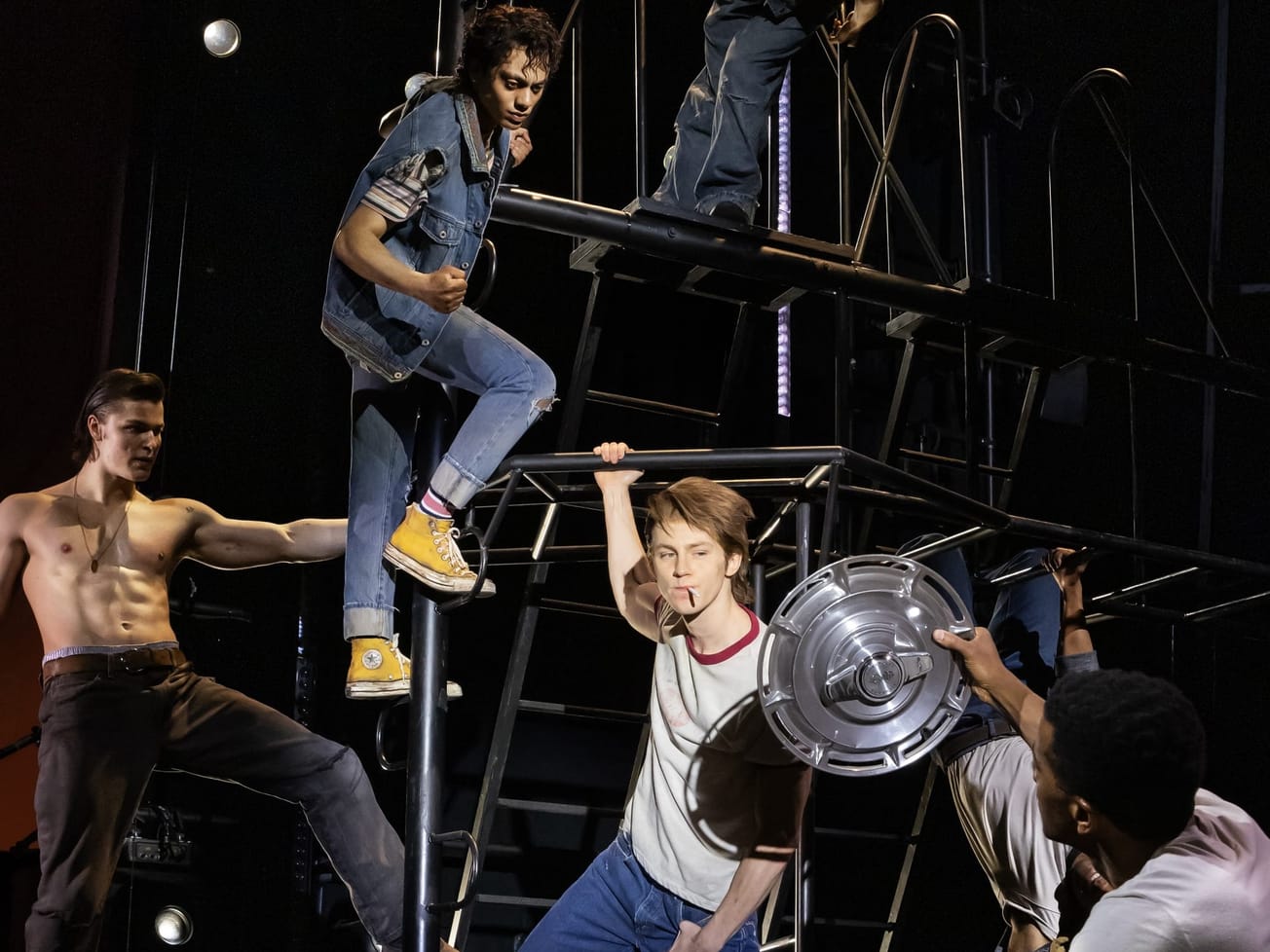Against the din of New York traffic and the lights of Times Square, the Belasco Theatre appears to have traveled back in time.
To achieve that effect, “Farinelli and the King,” which stars Mark Rylance as the 18th-century Spanish King Philippe V, is lit by candlelight spread throughout chandeliers overhead, sconces on the side and candles at the foot of the stage. But bringing a theater back in time is not easy, and involved years of candle tryouts, original receipts from the Globe Theatre and safeguards against open flame in a theater.
The process of determining the lighting for “Farinelli and the King” came out of the construction of the Sam Wanamaker Playhouse, a theater lit by candlelight that opened in 2013 at the Globe Theatre. The goal of the theater is to present plays in a manner that Shakespeare would recognize.
To light it as authentically as possible, Paul Russell, project manager of the theater and now lighting designer on “Farinelli,” spent two years researching what kinds of candles were available to actors during that time period and how many were used. Working with a professor from Bristol, Russell combed through original documentation from the Globe, finding that they likely used a combination of beeswax candles — the more expensive option — and the cheaper sheep’s fat version, which Russell found to be “very smelly and smoky and hard to handle.”
With the goal of finding candles that would burn at least two hours before they had to be changed, and with maneuverability in mind, Russell and his team settled on beeswax for the Wanamaker Playhouse.
“We auditioned 175 to 200 candles,” Russell said.
Lighting the theater also meant making sure the actors could actually be seen. That process took six months of studying candlelight in a studio to see how far the light could project and determining how to effectively and gradually introduce an audience to that kind of light.
“We didn’t know if it was going to work, but the human eye is incredible, it does get used to it,” Russell said.
This was then translated to the production of “Farinelli and the King,” which played the Wanamaker Playhouse in 2015 and then the West End, before transferring to the Belasco Theatre on Broadway.
Some commercial lights had to be used in the large Broadway theater, which Russell said “very, very subtly” help light the stage, so that audience members in the back are able to see.
Part of the challenge with candlelight is figuring out how to direct the light to feature the actors and points on the set. After working on a few shows in the Wanamaker Playhouse, designer Jonathan Fensom has found that the key is in iridescence, which in “Farinelli and the King,” means powdered pearl makeup on the actors and metallic colors in the costumes, a wax satin glaze on the wood work and a gold leaf on the set.
“It’s incredibly seductive, and it has a wonderful jewel box quality to it,” Fensom said.
The gold leaf, in particular, is used to pick up and direct points of light on the set, while also appropriately appearing as a representation of the Spanish Baroque style, while the darker tones of the woodwork help create shadows and form.
“It really makes the gold ping out,” Fensom said.
The Belasco Theatre previously hosted productions of “Twelfth Night/Richard III” in 2013 that were also lit by candlelight, but the Wanamaker theater’s technique had not been developed yet.
After making sure the actors can be seen, there’s the open flame to contend with. The set is made of timber, but has been treated with flame retardant, as have the set fabrics. The actors, in flameproof costumes, are not allowed to use commercial hair spray and the path of every candle on stage is plotted, without room for deviation.
The theater has a fire curtain in place, if needed, and the candles at the foot of the stage are contained in metal sconces, but Fensom says these are just precautions.
“As long as the candles are managed, they’re much safer than people credit,” Fensom said.




